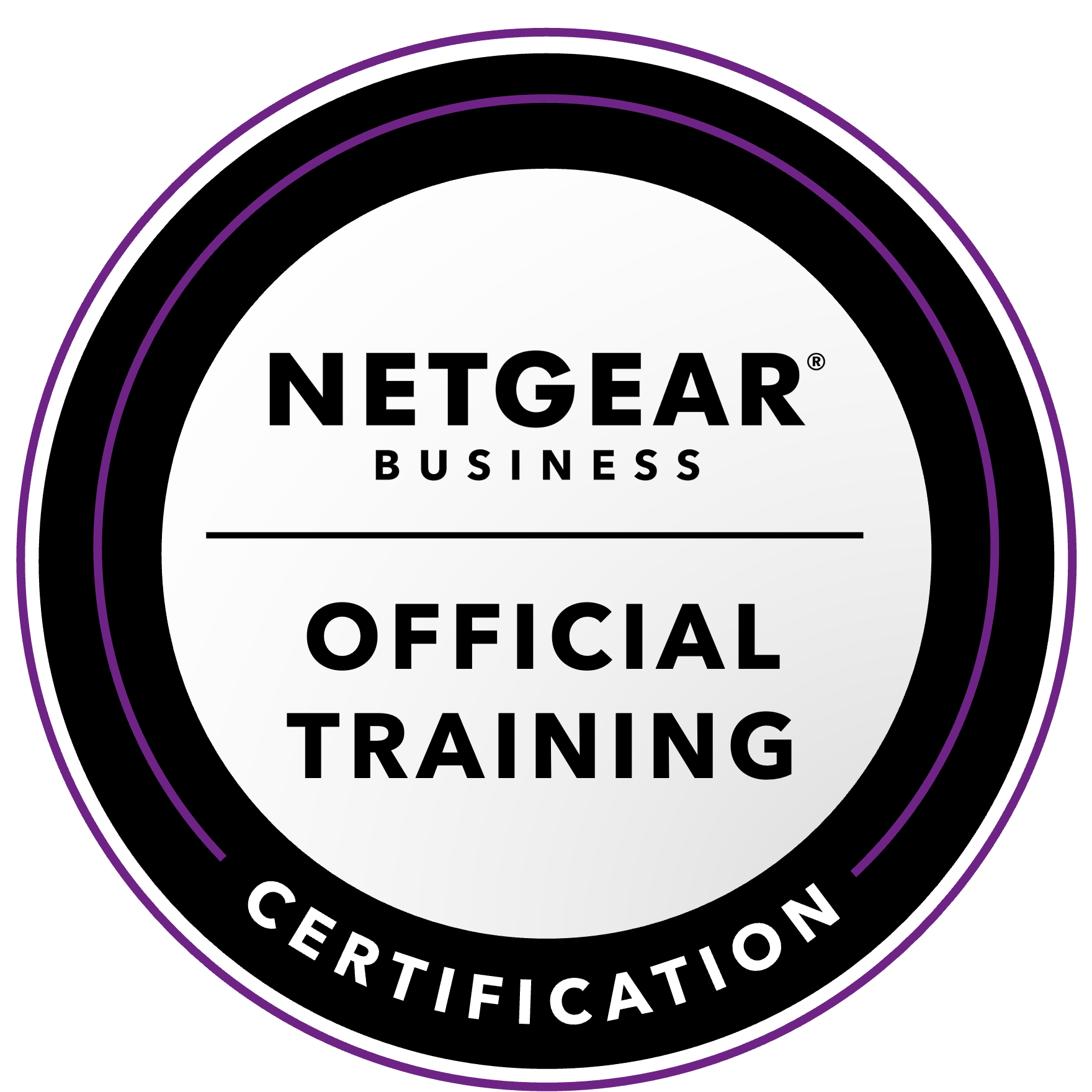NETGEAR is aware of a growing number of phone and online scams. To learn how to stay safe click here.
Forum Discussion
BlillyWill
Dec 02, 2022Tutor
Clone readynas 3tb disk to smaller SSD
Hi,
I have a Readynas Pro 2 with 6.x upgrade.
I'd like to clone a 3TB disk to a 1TB SSD (and then raid 1/duplicate the 1tb ssd to a second one). I cannot find a way to do it via the UI and I have way too many custom settings to nuke the installation, start over and restore data manually.
I was hoping Macrium Reflect could do it (i installed MDADM and BTRFS drivers in windows already) but it sees 3 partitions as unformatted and can't do anything with them. Clonezilla just immediately says it's finished (but actually did nothing).
I want to copy the system over to the new SSD as-is, but with a smaller resulting data partition.
Thanks!
While not exactly a clone, there is a process to do that. If you have files in user home folders or apps installed, you'll have to handle those separately.
1. Boot with the 3TB drive, turn off XRAID, then insert the SSD.
2. Create a new volume on the SSD. Note that this will also create a RAID1 duplicate of your OS partition on the SSD.
3. Create shares to which you are going to copy your files. They'll have to temporarily have different names.
4. Copy files from the 3TB drive to the SSD. Using SSH to do this with the cp command is typically the fastest. If there is anything in the /apps or /home directories, you'll have to temporarily store them elsewhere.
5. Power down, then re-boot with just the SSD. The NAS will show the removed volume as missing.
6. DESTROY the missing volume. This will cause the NAS to mark the SSD as the primary volume, and it should create an /apps and /home share, but it won't move anything there. It also won't create individual user folders, those will be re-created when the user logs in. Or you can use the mkhomedir_helper command to create them.
7. At this point, you can switch back to XRAID, re-name shares to be the same as they were on the original drive, and move any /apps and /home files where they belong.
This process leaves the 3TB drive in a condition where you could boot from it and all your files would be available. It will show the new SSD volume as missing, but you can just ignore it or DESTROY it.
Instead of steps 5 and 6 above, you can alternately do this:
5. EXPORT the 3TB volume.
6. Power down and remove the 3TB drive.
This will leave the 3TB drive un-bootable. But you could put it back into the NAS as a secondary drive, and the NAS will re-import it to the system. Note that the import will not move the /apps and /home folders back to the 3TB drive. It will now be considered secondary, with the SSD primary.
4 Replies
Replies have been turned off for this discussion
- StephenBGuru - Experienced User
BlillyWill wrote:
I want to copy the system over to the new SSD as-is, but with a smaller resulting data partition.
Looks like you've already gone down a different path. But you can't do this with Windows tools - you'd have to use linux. Sandshark provided information on how to do this here:
- SandsharkSensei
While not exactly a clone, there is a process to do that. If you have files in user home folders or apps installed, you'll have to handle those separately.
1. Boot with the 3TB drive, turn off XRAID, then insert the SSD.
2. Create a new volume on the SSD. Note that this will also create a RAID1 duplicate of your OS partition on the SSD.
3. Create shares to which you are going to copy your files. They'll have to temporarily have different names.
4. Copy files from the 3TB drive to the SSD. Using SSH to do this with the cp command is typically the fastest. If there is anything in the /apps or /home directories, you'll have to temporarily store them elsewhere.
5. Power down, then re-boot with just the SSD. The NAS will show the removed volume as missing.
6. DESTROY the missing volume. This will cause the NAS to mark the SSD as the primary volume, and it should create an /apps and /home share, but it won't move anything there. It also won't create individual user folders, those will be re-created when the user logs in. Or you can use the mkhomedir_helper command to create them.
7. At this point, you can switch back to XRAID, re-name shares to be the same as they were on the original drive, and move any /apps and /home files where they belong.
This process leaves the 3TB drive in a condition where you could boot from it and all your files would be available. It will show the new SSD volume as missing, but you can just ignore it or DESTROY it.
Instead of steps 5 and 6 above, you can alternately do this:
5. EXPORT the 3TB volume.
6. Power down and remove the 3TB drive.
This will leave the 3TB drive un-bootable. But you could put it back into the NAS as a secondary drive, and the NAS will re-import it to the system. Note that the import will not move the /apps and /home folders back to the 3TB drive. It will now be considered secondary, with the SSD primary.
Sandshark I wanted to thank you for this writeup. I recently had issues with an SSD and upon putting in a replacement, it wouldn't work since 1TB means different things to different manufacturers.
The procedure you outline to mirror the OS to a new drive is what really saved a ton of time. I was able to get the system and all shares copied over to a new set of drives in no time thanks to your excellent suggestions.
- SandsharkSensei
Glad to be of help. I've done a lot of experimenting with situations that aren't well (or at all) documented by Netgear in order to help the community. Many are due to situations that have come up before in the Forum, others are just my asking "what if", and a few are because I actually ran into them myself. Having both a virtual machine and a few "sandbox" NAS, I can safely do them without risking any real data where most don't have that luxury.
Related Content
NETGEAR Academy

Boost your skills with the Netgear Academy - Get trained, certified and stay ahead with the latest Netgear technology!
Join Us!
